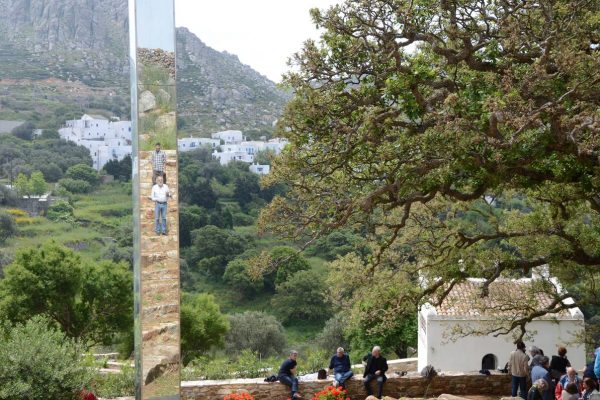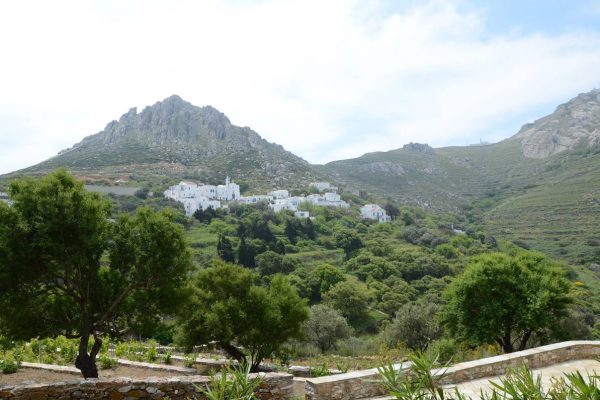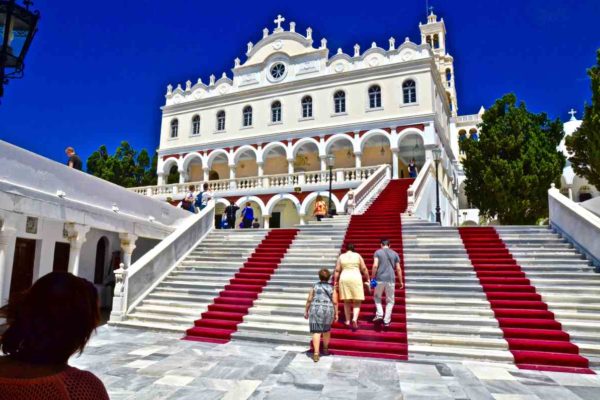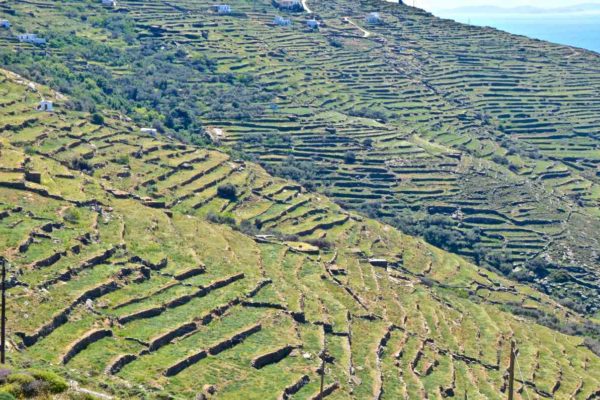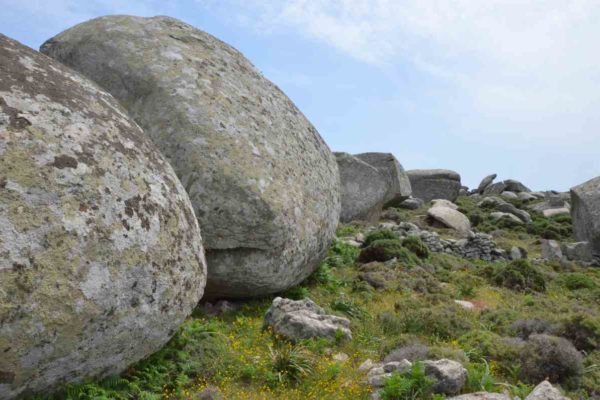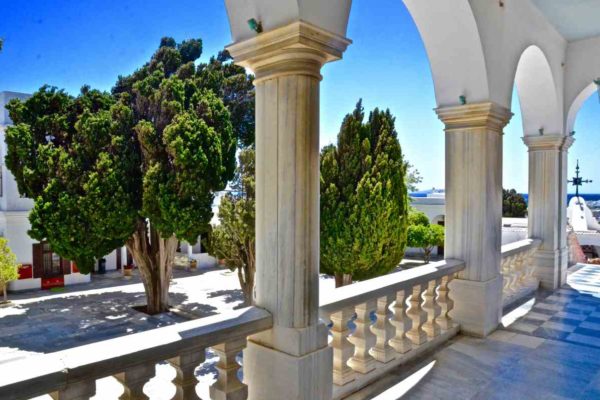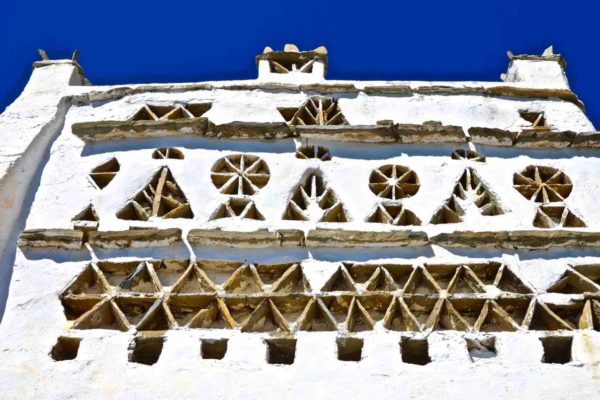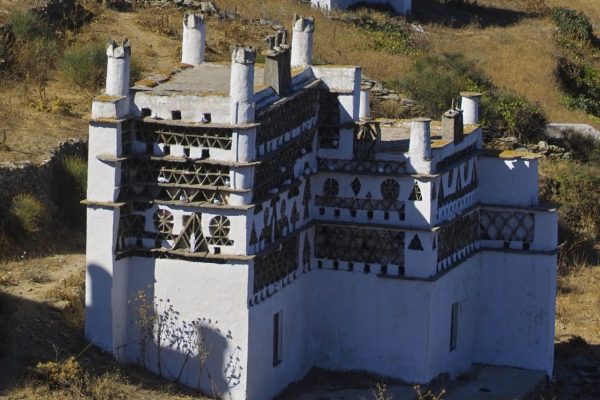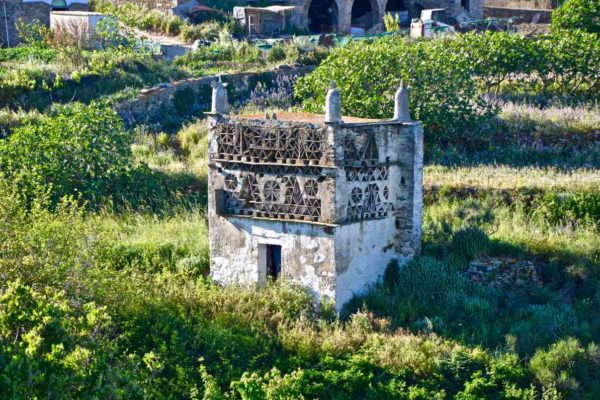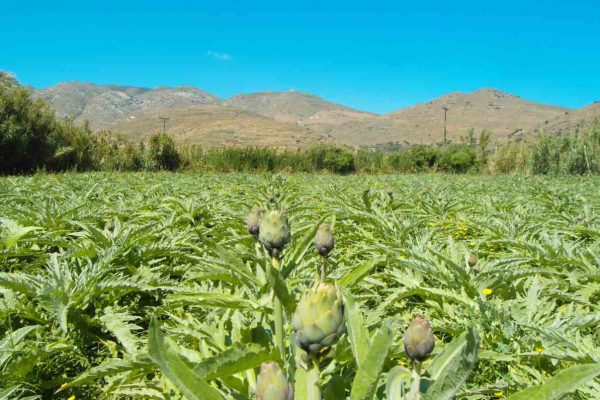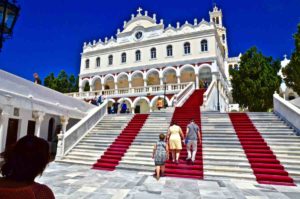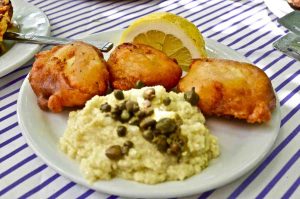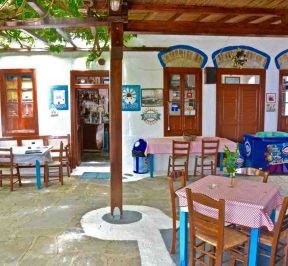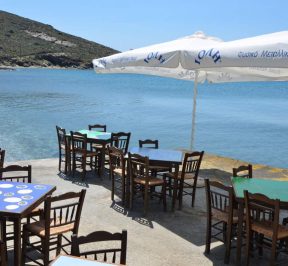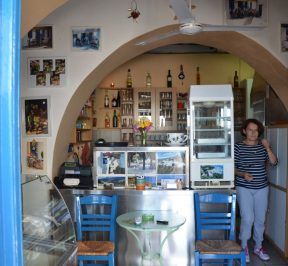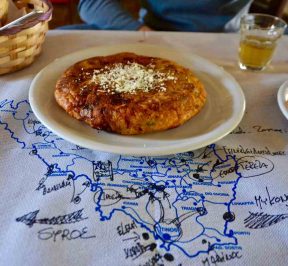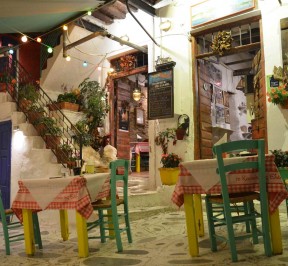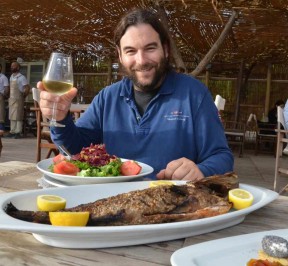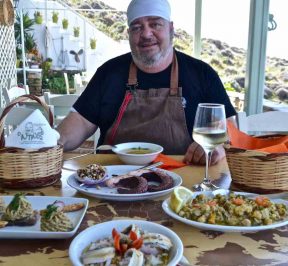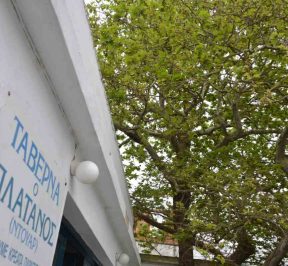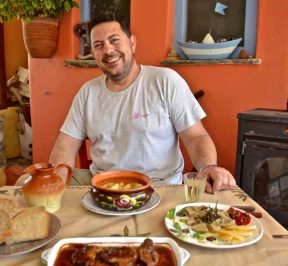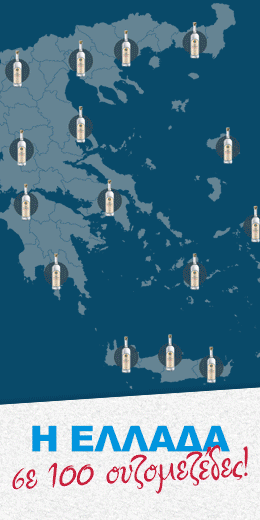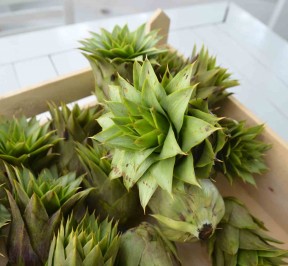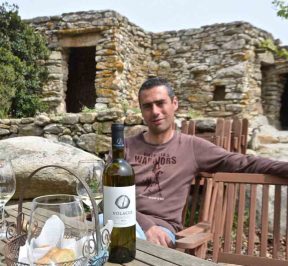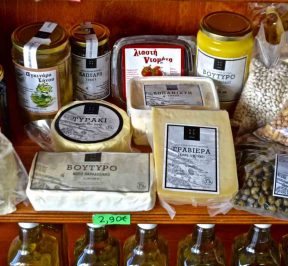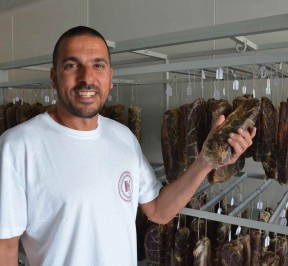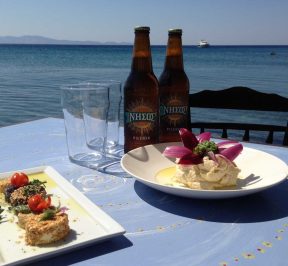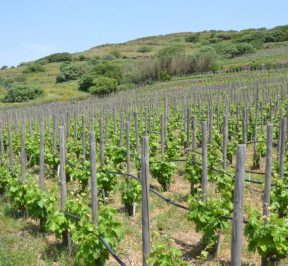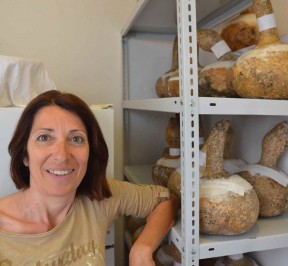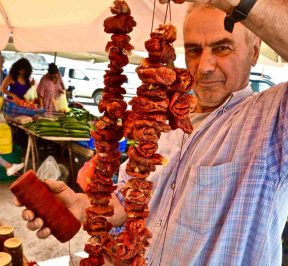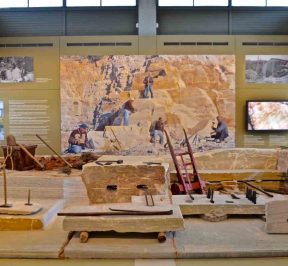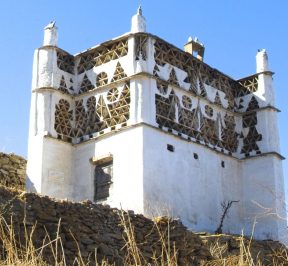Tinos, the island of Megalohari. Place and History.
Η Tinos, the island of Megalohari and the largest pilgrimage destination of Hellenism, the island with 62 beautiful stone settlements, the innumerable terraces - wrinkles of the earth, according to the poet - them 750 churches and chapels and them 600 pigeons, remains another island of open heart, mysterious, humble, seductive.
The mountainous at the base of the island it has as its highest peak Kapnia (729 m.) to its east, in the center the imposing granite rock of Exombourg with the surrounding smooth hills, further north the "Lower parts", more flat with the core of the plain of Komi and the famous artichokes, and northwest the "Outside places" with the rough slopes from Kardiani, Pyrgos to Marlas.
As you travel around the island, watching the coastline and the usually foamy beaches, you cross the slopes with the stone-embroidered dry stones that define the terraces, every now and then - usually in ravines - small oases of greenery with plane trees and cypresses emerge while the villages nestle. every now and then tiny chapels and ornate doves appear. And it is no coincidence that Tinos was characterized by the great thinker Kornilios Kastoriadis as "Handmade island".
Most important sights villages is Koumaros, Tripotamos, Exomburgo - the safe fortress of the inhabitants in times of invasions - the landscape of Volax dotted with giant round stones and finally the village of marble sculpture and famous artists (Giannouli Halepa and Dimitriou with Dimitrios) samples of their art. The Museum of Marble PIOP brings to life the history and technology of marble from antiquity to the present day.
The epicenter and heart of Tinos Town is Church of the Virgin which began to be built in 1823, on the church of Zoodochos Pigi and is located at the top of the uphill Megalohari Avenue. Here is the famous image - hidden behind heavy offerings - which is worshiped by thousands of pilgrims every year.
Tinos saw its great growth when it came under the rule of the Venetians in 1204, who considered it a strategic point for the control of the Aegean, and fortified it to withstand pirates and Turks. Only in 1715 did the last ones manage to occupy it and it was the last island that fell to the Turks. Tinos took an active part in the Revolution of 1821 and the people of Tinos contributed a lot to the struggle for Liberation both on land and at sea.
PLACE & HISTORY - TRADITIONAL KITCHEN
TAVERNS - RESTAURANTS - CAFES


